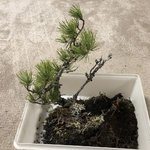jaycraig
Yamadori
so i just did my first yamadori collections (6 in total) and i have a bunch questions im hoping you guys can enlighten me on. for soil the long anderson bands i used 4-6 mm pumice and for the rest i used 1-2 mm akadama, lava rock and turface 1:1:1.
first, are the root systems, do they look healthy enough for the pots that i have them in? (the 2 long anderson bands i plan on making into an exposed root in the future, also i gave the ends a clean cut after these pictures)
second, how do i proceed with pruning and the whole candle situation? i dont know when and how to prune them
third, is it too soon to shape them? as yall can see i already went ahead with one of the smaller ones i couldnt help myself and its my first ever wiring a whole tree
lastly how do i proceed from here with them, do i just water them regularly and do they need any type of protection?
also if you guys have into extra advice or video recommendations id love to hear it
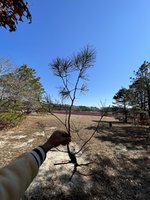

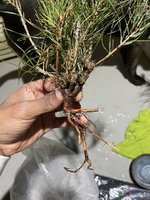
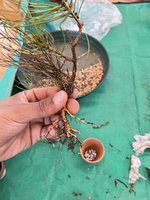
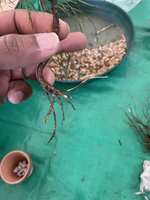
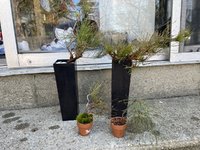
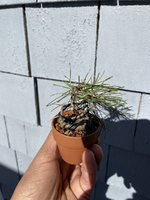
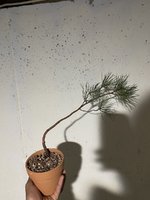
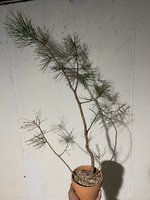
first, are the root systems, do they look healthy enough for the pots that i have them in? (the 2 long anderson bands i plan on making into an exposed root in the future, also i gave the ends a clean cut after these pictures)
second, how do i proceed with pruning and the whole candle situation? i dont know when and how to prune them
third, is it too soon to shape them? as yall can see i already went ahead with one of the smaller ones i couldnt help myself and its my first ever wiring a whole tree
lastly how do i proceed from here with them, do i just water them regularly and do they need any type of protection?
also if you guys have into extra advice or video recommendations id love to hear it










